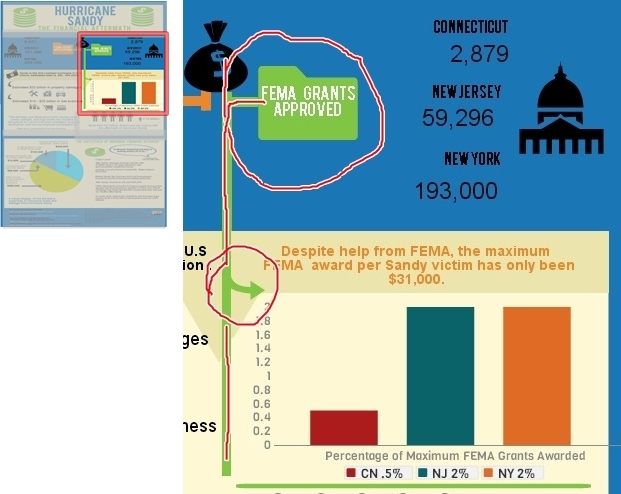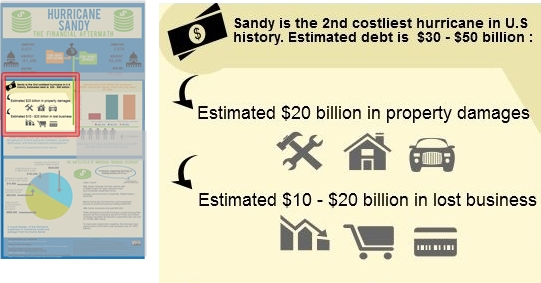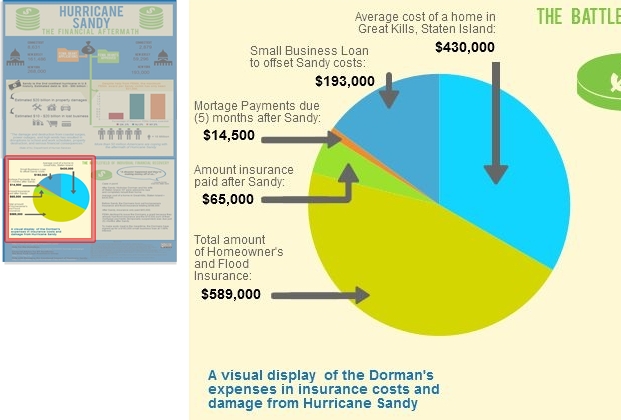1. My generative poem was about the themes and emotions of my work-in-progress novel, “Manifestation.” The novel is very emotional and involves a lot of tragedy, pain, and death. My goal was to see how those themes translated into this new format.
I chose names of some of the novel’s characters, cities, and other important places. I also chose descriptive words that I hoped would reflect the novel’s themes, including some words I found were among the most commonly used when I did a word search of the novel. By choosing from among the most commonly used words and phrases, I hope that the poem accurately reflects which themes and emotions are the most commonly seen throughout the story.
Some of the randomly generated lines reflect the dark nature of the theme:
Energy screams
believe in the broken
run from the bleeding
Belief whispers
mourn the bleeding
A dream kills.
Belief searches for help.
Others, however, tended to come out a bit more mundane. I think part of the issue there was the lack of control over the order the words went in. If I had a greater understanding of the code (beyond making the minor tweaks I added in), I’d likely change the generator to give me a wider variety of sentence structures. For example, the poem only seems to generate three types of lines:
“Subject verbs noun,” “Subject verbs,” and “verb the adjective adjective noun.”
By contrast, the opening of another poem I wrote in the past had a more varied structure:
“I saw my own shadow today
We sat under a tree
She didn’t have that much to say
Yet still she sat by me”
I (Subject ) saw (verbed) my own shadow (my own noun) today (at certain time)
We (Subject) sat under (verbed) a tree (a noun)
She (Subject) didn’t have(didn’t verb) that much (adverb) to say (verb)
Yet (Adverb) still (adjective) she (subject) sat (verbed) by me (by noun)
While some of these structures could be done in the current generative poem with a little tweaking, the code wouldn’t work so well for some of them. For example, the line “She didn’t have that much to say” wouldn’t fit well in the current code structure. If I added “She” in the “above” subject field, “didn’t have” in one of the verb fields, and “that much to say” in the “below” field, I could get the sentence shown above. But when considering my other words in the poem, I could also end up with sentences like “Gabby runs that much to say,” or “Tock didn’t have the school.” Those don’t make much sense to me and I don’t feel they would fit well. Similarly, I don’t think a phrase like “Yet still” would fit well in the code structure.
Without the skill needed to alter the coding itself, I ended up feeling stuck with only the ability to choose words and phrases, not the order they came in.
2. I don’t exactly feel like the generative poem can qualify as “literature,” even based on the ideas of “cybertext” and “ergodic literature” discussed by Espen Aarseth in Cybertext: Perspectives on Ergodic Literature. In the beginning chapter, “Introduction: Ergodic literature,” Aarseth defines “cybertext” as a concept which “focuses on the mechanical organization of the text” (p. 1). A generative poem clearly qualifies, since the code that runs the poem is directly responsible for the way the text is organized on the screen. The coding itself is at least as important as, if not more important than, the choice of words used in such a poem. Without the code, the poem would have no structure, and would simply be a meaningless jumble of random words piled together. The form the code creates, even though it is randomized, is what ensures that the poem can be read and understood.
However, I don’t feel that “understandable” randomly generated lines are necessarily literary in nature. Instead, I view them as more artistic. Dictionary.com defines “art” as “the quality, production, expression, or realm, according to aesthetic principles, of what is beautiful, appealing, or of more than ordinary significance. “ A poem, even when randomly generated, can definitely have aesthetic appeal. When reading my randomly generated poem, I definitely see lines that generate emotions and reaction, and the unique combinations are definitely of “more than ordinary significance.” There is also a certain amount of skill involved in the aesthetic process of choosing words and phrases that will blend well together. A poorly chosen word bank will generate a poem without any appeal and which doesn’t provoke any emotions in the reader. Choosing words skillfully, on the other hand, can result in combinations that touch the reader and spark their curiosity and imagination.
Artistic and aesthetic appeal, however, aren’t necessarily literary in nature. It all depends on how the resulting work is interpreted. In the article “What does it mean to ‘interpret’ code?”, the author defines “interpretation” as “the systematic exploration of semiotic objects in order to explore culture and systems of meaning.” The article discusses examples such as the Coca Cola logo, based on signification. According to the article, a cultural studies scholar “does not ask what the Coca Cola Corporation intended by choosing red for the color of its cans and logo or what meaning it hi[d] in the signature-style of the words on the can. Instead, she performs a semiotic analysis on the possible meanings conveyed by those details (the color red, the cursive script) of the can in the contexts of the many surrounding sign systems and discusses what the can and, by extension the company, have come to signify” (p. 7). An example like this shows that an alphabetic text (such as a company logo) can be analyzed not merely by the importance of the words themselves, but instead based on stylistic details and metaphor.
Based on such an idea, I would examine a generative poem based on semiotic analysis of the code structure (such as what types of sentences it can generate), the on-screen display (font type and color, background, etc), and on the words in the word banks as individual objects. This is different from the way I would analyze a line in a traditional poem, where I would consider the meaning the author was trying to convey with the structure, word choice, rhythm and meter, and so on.
To show the difference in the way I would analyze a generative poem versus a traditional poem, I can examine a line from each type of poem that I have written (from the perspective of an outside reader). For example, when I wrote, “I saw my own shadow today,” I might analyze what the shadow signifies, such as whether it represents some dark secret of the writer’s past, and what “seeing” the shadow might mean with regards to the emotions evoked when being faced with those dark secrets.
When analyzing one of my lines from the generative poem, I would focus on different things. When looking at the line “believe in the broken,” I would read the line by understanding that the author separately chose the phrase “believe in” and the word “broken” without necessarily intending they would appear side by side. Therefore, I wouldn’t analyze what it means to believe in “the broken” specifically. I would instead consider the emotional impact of having words related to belief in a poem alongside negative words, such as “broken” and also “screams,” “bleeding,” and “kills.” This would give me a feeling that the author was trying to convey pain, sadness, and troubles, but perhaps with a feeling of hope remaining within.
The key difference here is between specific meaning (facing the emotions provoked by dark secrets of one’s past) and aesthetic emotional response (considering the concepts of pain and hope together). In my opinion, the former tells a story, while the latter does not. Both can generate emotion and provoke a response in the reader, as can any form of “art.” I feel that the lack of a “story” is what separates a literary poem from an artistic one.
It’s very possible that a more advanced work of coding could create a generative poem that I would feel told a story. For example, in Joyce’s (1987) “afternoon: a story” the individual pages remain static; it is only the order in which they are read which changes. This allows the author to express specific events, even though the order of events might change on subsequent readings. The difference is in the degree of control the author retains. More control is needed to tell a story of any coherence; less control shifts a work away from literary meaning and towards purely aesthetic, artistic appeal.











